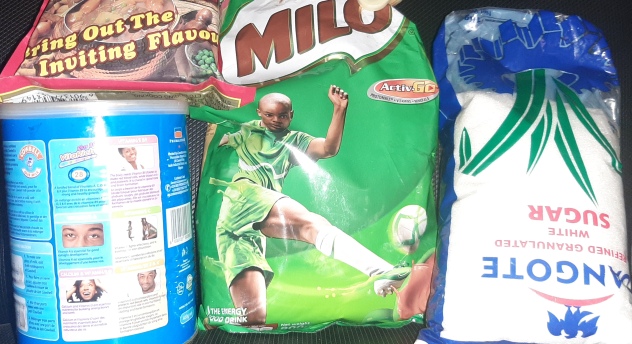THUR 30 DEC, 2021-theGBJournal- ‘’We believe the elevated inflationary environment remains a significant threat to a near-term recovery of the consumer goods sector in the long term,’’ says analysts at Cordros Research.
‘’Going into 2022, we highlight that industry players will be constrained to pass on the full effect of the higher raw material and operating costs to consumers given the threats of cheaper substitutes and homogeneity of most products. More so, with the sub-inflationary wage adjustment observed across private and public sectors, we expect consumers wallets to remain pressured in 2022 amid higher commodity prices.’’
However, on a positive note, Cordros expects improvement in the labour market conditions (job creation, wage increases) as businesses adapt more to post-covid work environments amid slow vaccine administration.
Although the economy exited the pandemic induced recession in Q4-20, the living conditions for the average Nigerian consumer is yet to improve considerably due to sluggish economic growth, weak labour market conditions, higher commodity prices, and sub-inflationary wage adjustments. The blend of these factors dented consumer purchasing power and is expected to drive further price sensitivity and a downward adjustment in consumer spending in the near term.
Meanwhile, as consumers continue downtrading from premium brands to cheaper and unbranded products, the bigger players in the sector have responded by repackaging their products into sachets to meet the demands of low-end consumers.
These companies are now able to offer their products at very competitive retail prices to support the weak consumer wallet and at the same time capture the value segment of the market. Consequently, sachets packs have now become increasingly popular across the industry.
Among the brewers, industry players introduced smaller units of 45cl packages in the Malt category; and “pet lines” for the Spirits category. Similarly, food and HPC producers have also strengthened play at the bottom of the pyramid in response to consumers growing preference for affordability.
While some companies introduced new value Stock Keeping Units (SKUs), targeting the mass and mainstream segment, others repackaged existing products into smaller packs to sachets to drive volume growth and compete for market share.
Again, with the country’s ever-increasing population, the consumer goods sector remains attractive following the inherent growth opportunities, as industry players require a stable flow of customers purchasing their products regularly.
As Africa’s most populous country with over 200 million inhabitants, Nigeria’s size and population growth rate makes it an attractive consumer market for companies to thrive. In the medium to long term, the attractive demographics and structural upsides (and potentials) will continue to underpin the sector’s, growth.
That said, we believe competition among the top players in the sector will continue to put downward pressure on prices, making consumer staples more affordable.
The risks to our outlook include further pressure on the consumer wallet, which will negatively impact demand and, consequently, the affordability and consumption of consumer staples.
Growth Potential Abounds in the Nigerian Sugar Industry
Nigerian sugar consumption has maintained a modest growth rate in line with the increasing population in the country. According to the latest data from them National Sugar Development Council (NSDC), Nigeria’s annual sugar consumption (asides from illegal demand) grew by 9.2% to 1.53mmt in 2020 from 1.40mmt in 2019. Based on the preceding, we estimate Nigeria’s annual sugar demand to have been 1.90mmt in 2020, translating to a 5-year CAGR of 3.4% between 2015 and 2020, which aligns with the population CAGR of 2.6% over the same period.
‘’Thus, we see the scope for increased sugar demand in Nigeria as the population expands. Similarly, we expect increased production levels in 2022 as industry players expand their refining capacities to meet growing demand,’’ Cordros Research said.
Twitter-@theGBJournal|Facebook-The Government and Business Journal|email: govandbusinessj@gmail.com| info@govbusinessjournal.ng










